Quang Binh province is located in North Central Vietnam, with a natural area of 7,999 km2 and a population of 910,655 people in 2021.
Geographical location: Geographical coordinates on the mainland are:
• Northernmost point: 18 0 05' 12" North latitude • Southernmost point: 17 0 05' 02" North latitude • Easternmost point: 106 0 59' 37" East longitude • Westernmost point: 105 0 36' 55" East longitude
The province has a coastline of 116.04 km in the East and shares a border of 222.118 km with Laos in the West, with Hon La port, Dong Hoi airport, National Highway 1A and Ho Chi Minh road, North-South railway, National Highway 12 and provincial roads 20, 16 running from East to West through Cha Lo International border gate and several other secondary border gates connecting with the Lao PDR.
Terrain: Quang Binh's terrain is narrow and steep from the West to the East. 85% of the total natural area is mountainous. The entire area is divided into basic ecological zones: highland, hilly and midland, plain, and coastal sand.
Climate: Quang Binh is located in the tropical monsoon zone and is always affected by the climate of the North and the South and is divided into two distinct seasons:
+ Rainy season from September to March of the following year. Average annual rainfall is 1,500 - 2,000mm/year. Rainy season is concentrated in September, October and November.
+ Dry season from April to August with average temperature 24 o C - 25 o C. The three months with the highest temperature are June, July and August.
Land resources: Land resources are divided into two main systems: Alluvial soil in the plains and the ferralit system in the hills and mountains with 15 types and main groups as follows: sandy soil group, alluvial soil group and red-yellow soil group. In which, red-yellow soil group accounts for more than 80% of the natural area, mainly in the mountainous terrain in the West, sandy soil accounts for 5.9% and alluvial soil accounts for 2.8% of the area.
Flora and fauna resources: Quang Binh is located in the North Truong Son biodiversity area - where there is a diverse and unique flora and fauna with many rare genetic resources. Characteristic of biodiversity in Quang Binh is the Phong Nha - Ke Bang Karst region.
Regarding animals, there are: 493 species, 67 species of mammals, 48 species of reptiles, 297 species of birds, 61 species of fish... there are many rare species such as Ha Tinh Langur , Bear, Tiger, Sao La, Large Mang, White-tailed Blue Pheasant, Black-crested Blue Pheasant, Pheasant...
Regarding plant diversity: With a forest area of 486,688 ha, of which natural forest is 447,837 ha, planted forest is 38,851 ha, of which there are 17,397 ha of pine forest, and an area without forest is 146,386 ha. Plants in Quang Binh are diverse in species: there are 138 families, 401 genera, 640 different species. Quang Binh forests have many types of precious wood such as lim, gu, ebony, huynh, pine and many other types of rattan, bamboo and other precious forest products. Quang Binh is one of the provinces with high wood reserves in the country. Currently, the wood reserve is 31 million m3 .
Marine and coastal resources: Quang Binh has a coastline of 116.04 km with 5 river mouths, including two large river mouths, including Nhat Le port, Gianh port, Hon La port, Hon La Bay with a water surface area of 4 km2 , a depth of over 15 meters and surrounded by islands: Hon La, Hon Co, Hon Chua that can allow ships of 30,000-50,000 tons to enter the port without dredging. On land, there is a fairly large area (over 400 hectares) favorable for the construction of industrial parks associated with deep-water seaports.
The coastline has many beautiful landscapes, along with a continental shelf 2.6 times larger than the mainland, creating a large fishing ground in Quang Binh with a reserve of about 100,000 tons and a rich variety of species (1650 species), including rare species such as lobster, tiger prawn, squid, cuttlefish, and coral. In the north of Quang Binh, there is a white coral reef with an area of tens of hectares, which is a valuable source of raw materials for the production of handicrafts and creates an ecological zone of the coral system. That allows the development of a comprehensive coastal economy.
Aquaculture water surface: With 5 river mouths, Quang Binh has a water surface area with a fairly large aquaculture potential. Total area is 15,000 ha. The salinity in the water surface area from the river mouth to about 10-15km deep ranges from 8-30%o and the pH from 6.5-8 is very favorable for shrimp and crab farming for export. The semi-diurnal tidal regime in the coastal area is favorable for water supply and drainage for shrimp and crab farming ponds.
Water resources: Quang Binh has a fairly large river and stream system with a density of 0.8-1.1 km/km 2 . There are five main rivers: Roon River, Gianh River, Ly Hoa River, Dinh River and Nhat Le River. There are about 160 natural and artificial lakes with an estimated capacity of 243.3 million m 3 .
Mineral resources: Quang Binh has many types of minerals such as gold, iron, titanium, pyrite, lead, zinc... and some non-metallic minerals such as kaolin, quartz sand, limestone, marble, granite... In which, limestone and kaolin have large reserves, enough conditions to develop cement and construction materials industry on a large scale. There is a hot mineral spring of 105 o C. Gold reserves in Quang Binh have the potential to develop gold mining and processing industry.
Population and labor: Quang Binh's population in 2021 is 910,655 people. The majority of local residents are Kinh. Ethnic minorities belong to two main groups, Chut and Bru-Van Kieu, including the main ethnic groups: Khua, Ma Lieng, Ruc, Sach, Van Kieu, May, Arem, etc., living concentrated in the two mountainous districts of Tuyen Hoa and Minh Hoa and some western communes of Bo Trach, Quang Ninh, and Le Thuy. The population is unevenly distributed, 76.93% live in rural areas and 23.07% live in urban areas.
Culture and tourism potential: Quang Binh land is like a majestic picture, with forests and seas with many beautiful natural landscapes, famous sights: Ngang Pass, Ly Hoa Pass, Nhat Le estuary, Hac Hai Lagoon, Heaven's Gate... and Phong Nha - Ke Bang National Park is recognized as a World Natural Heritage.
Quang Binh is a land of culture, with Bau Tro cultural relics, relics of Hoa Binh and Dong Son cultures, many historical relics such as: Quang Binh Quan, Luy Thay, Rao Sen, Thanh Nha Ngo, citadels of the Trinh - Nguyen period, many famous places in the two resistance wars against the invasion of the nation such as Cu Nam, Canh Duong, Cha Lo, Cong Troi, Xuan Son, Long Dai, Ho Chi Minh trail, etc. During the course of history, many famous cultural villages have been formed and passed down from generation to generation such as "Eight famous villages": "Son- Ha- Canh- Tho- Van- Vo- Co- Kim". Many famous predecessors were widely educated, passed high exams and were famous in the past and present in many military, cultural and social fields such as Duong Van An, Nguyen Huu Canh, Nguyen Ham Ninh, Hoang Ke Viem, Vo Nguyen Giap...
Provincial Information Portal



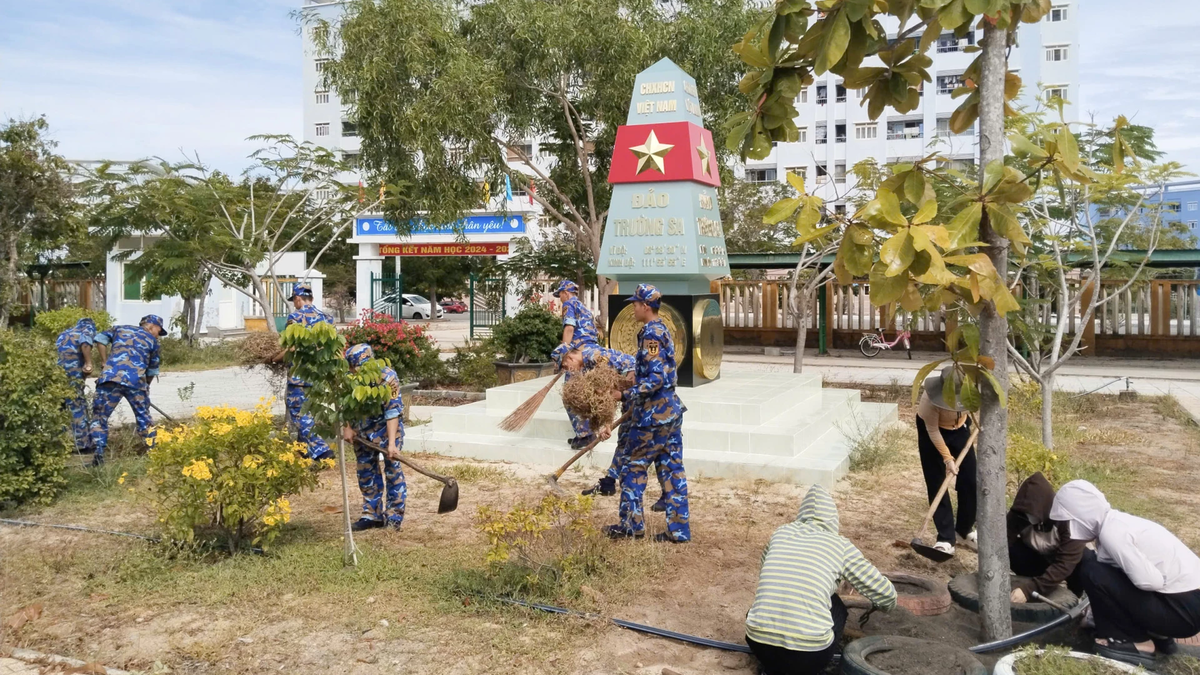
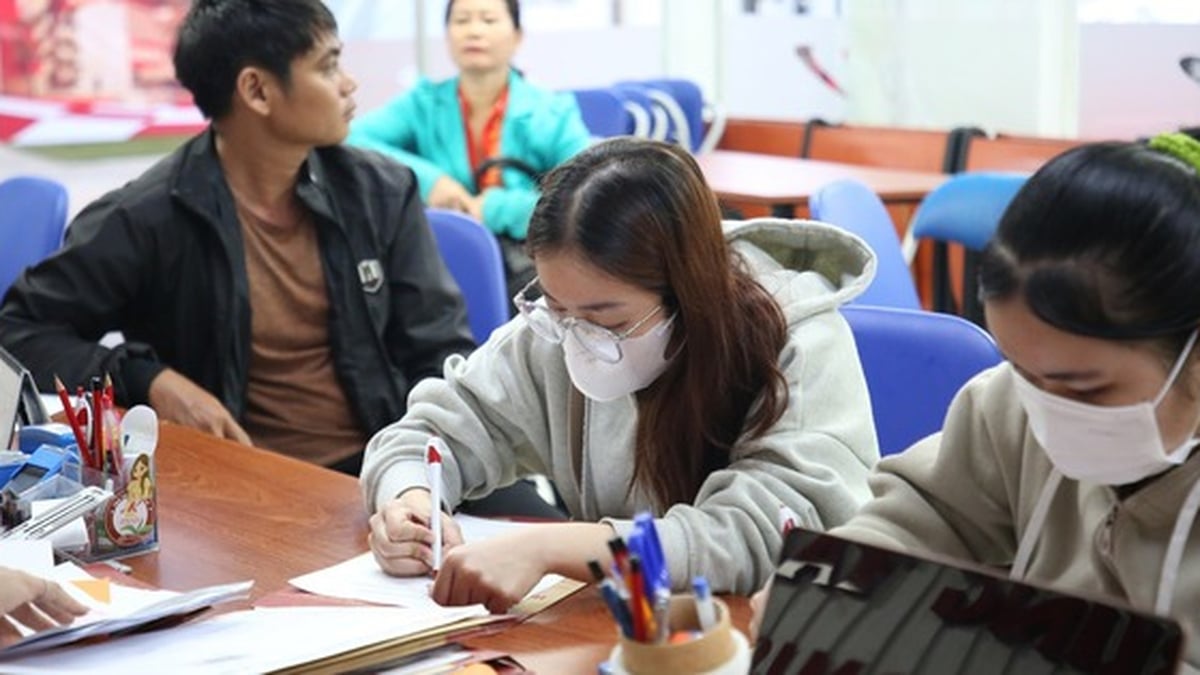


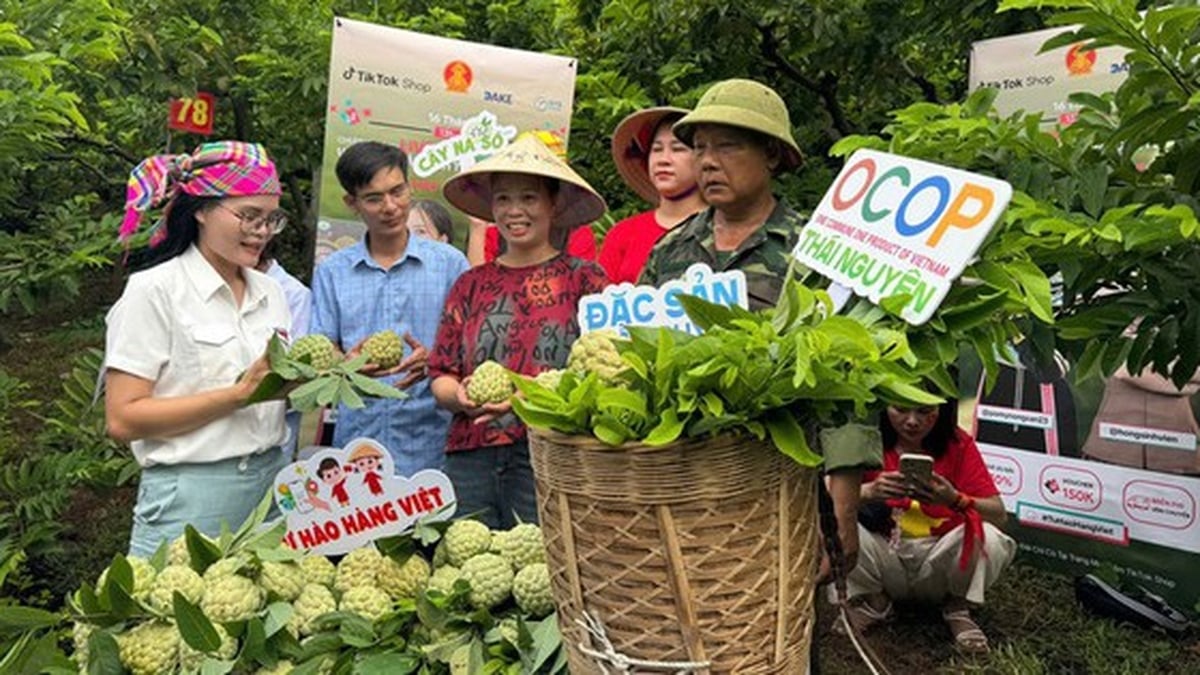

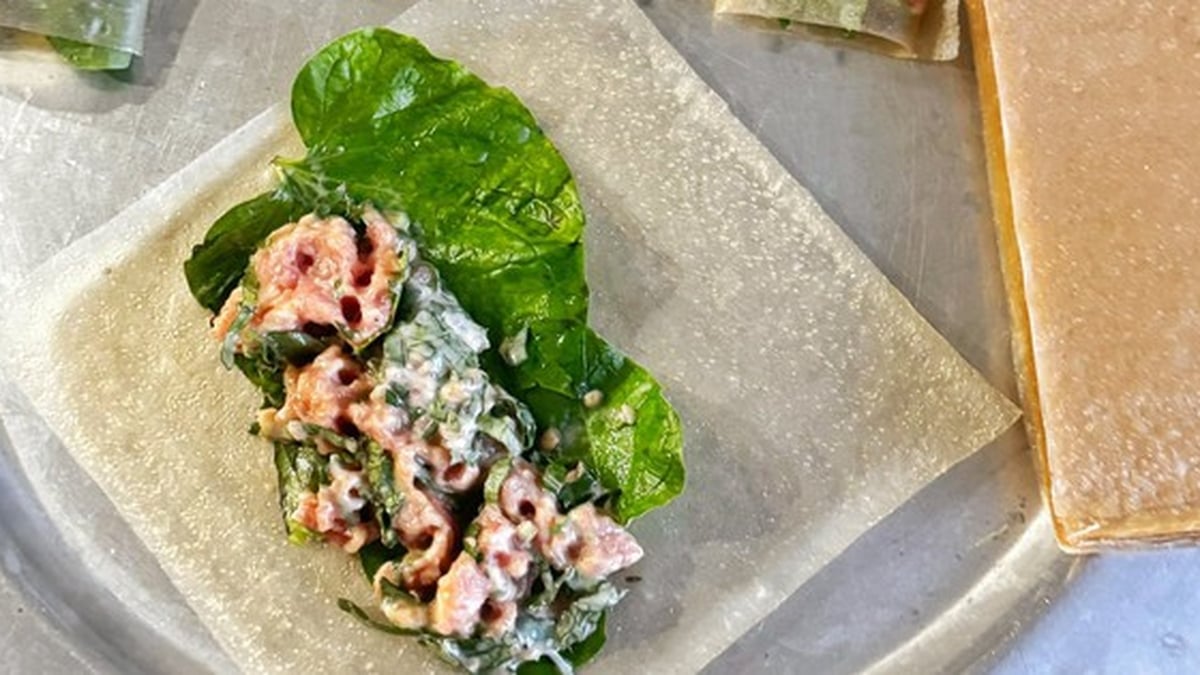
![[Photo] Party and State leaders visit President Ho Chi Minh's Mausoleum and offer incense to commemorate Heroes and Martyrs](https://vphoto.vietnam.vn/thumb/1200x675/vietnam/resource/IMAGE/2025/8/17/ca4f4b61522f4945b3715b12ee1ac46c)
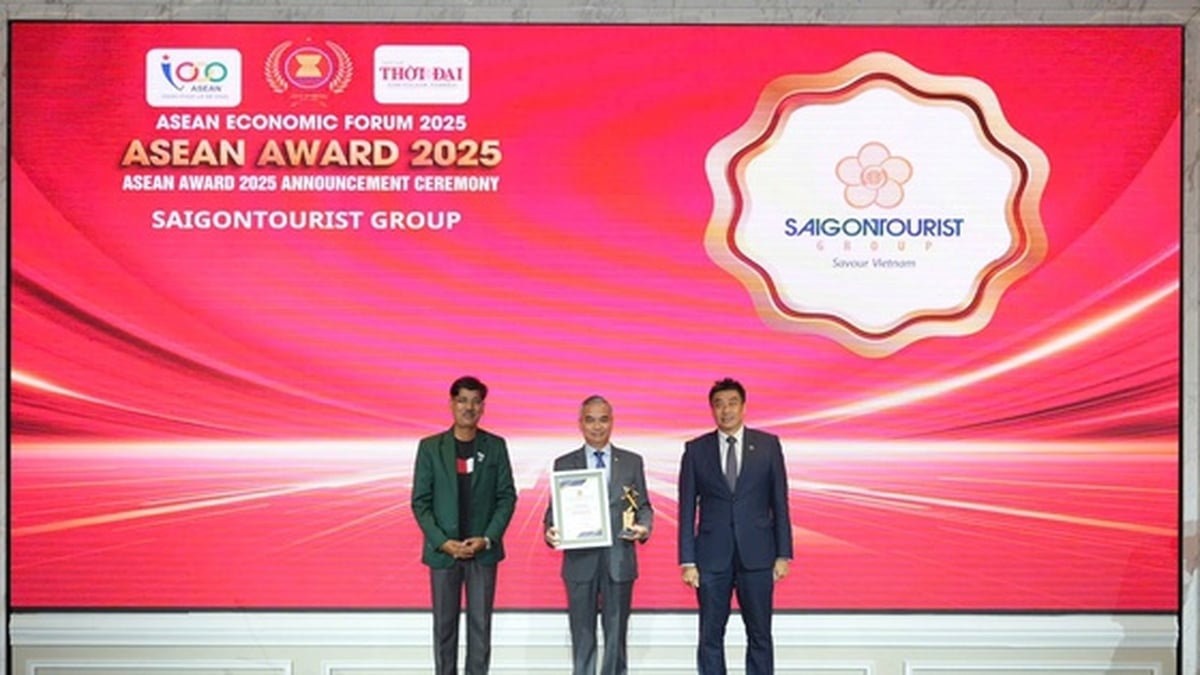











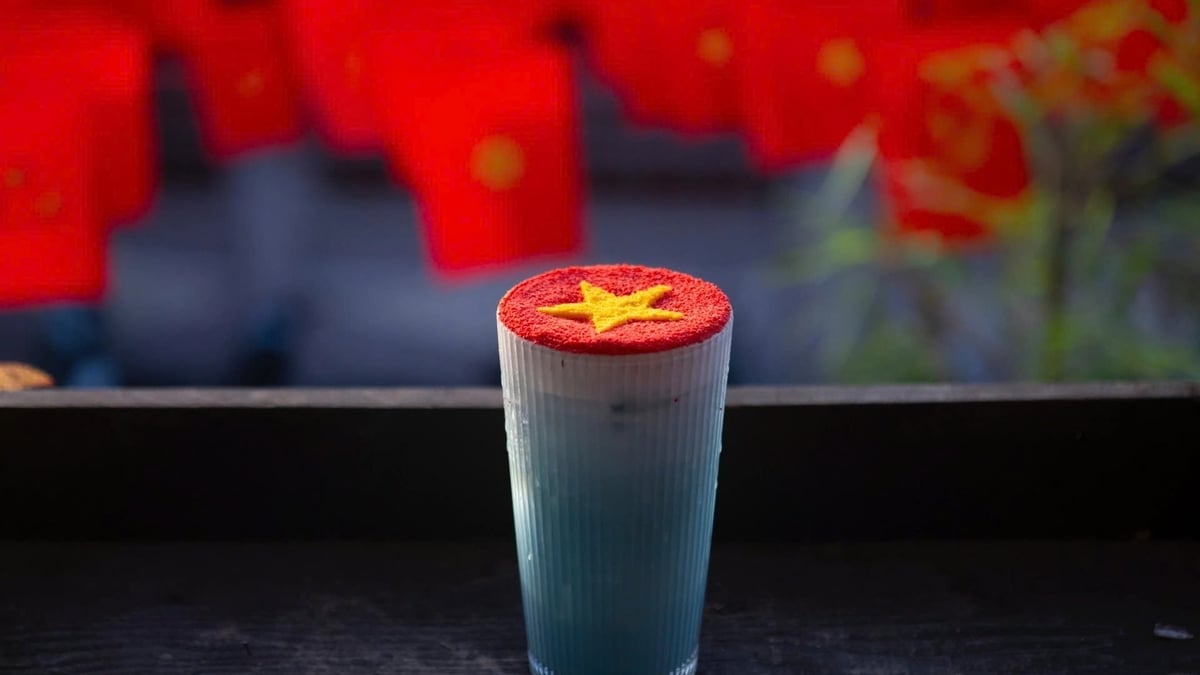
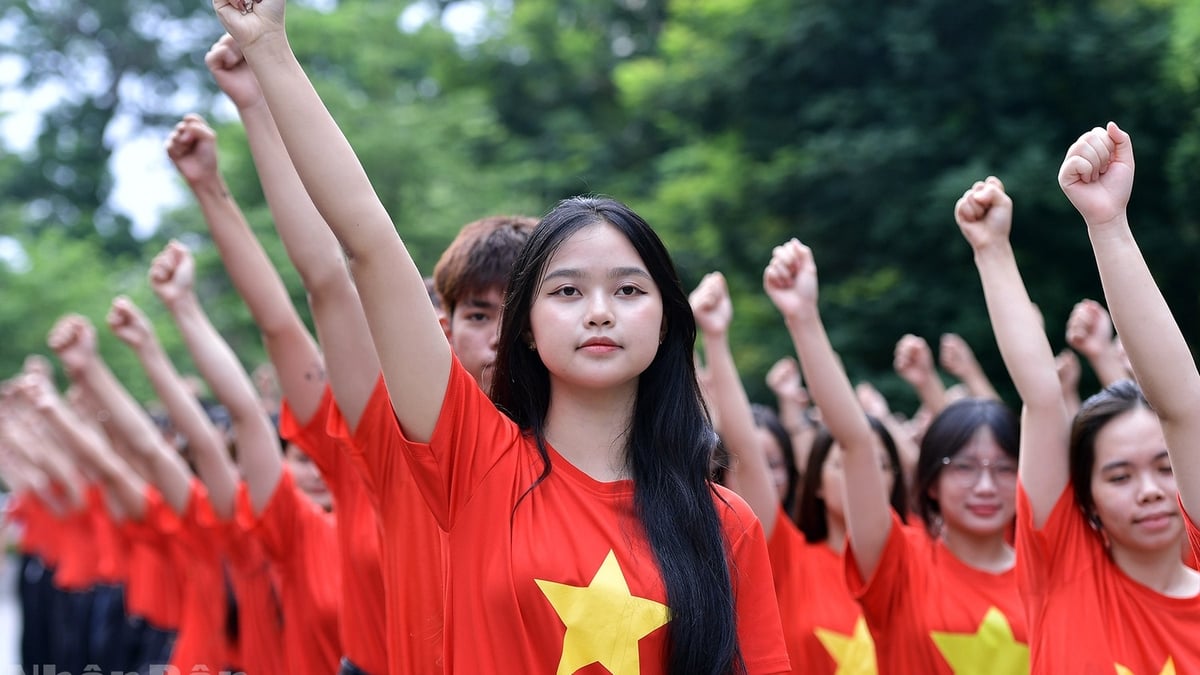
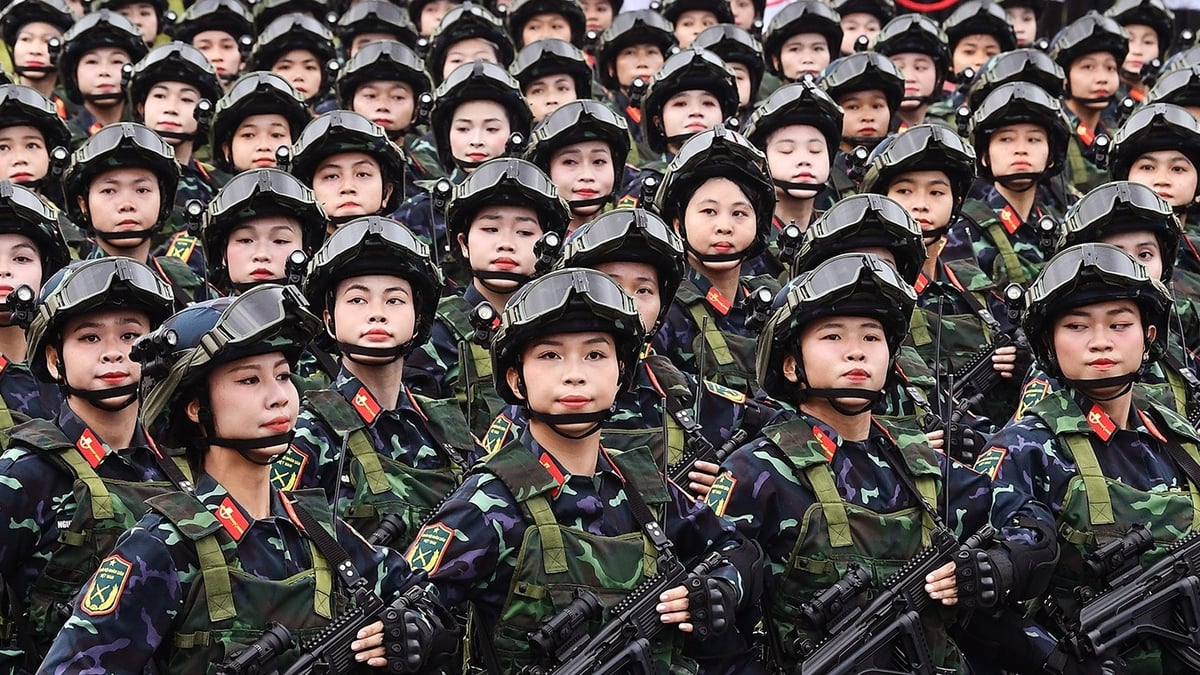
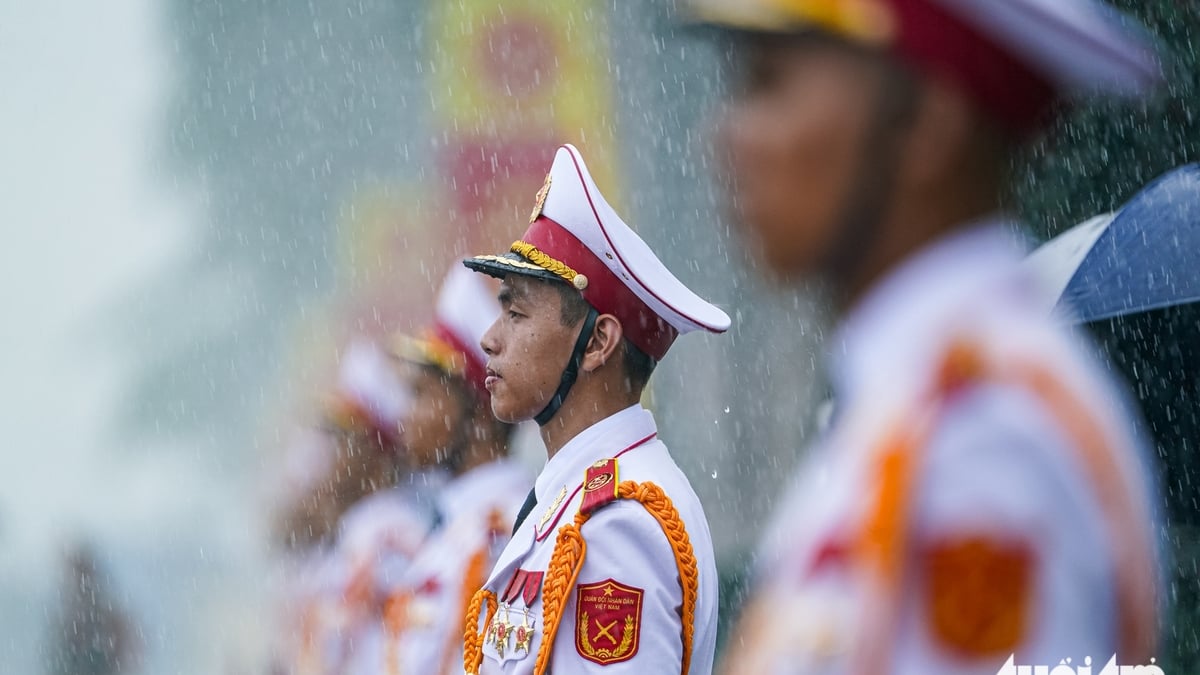
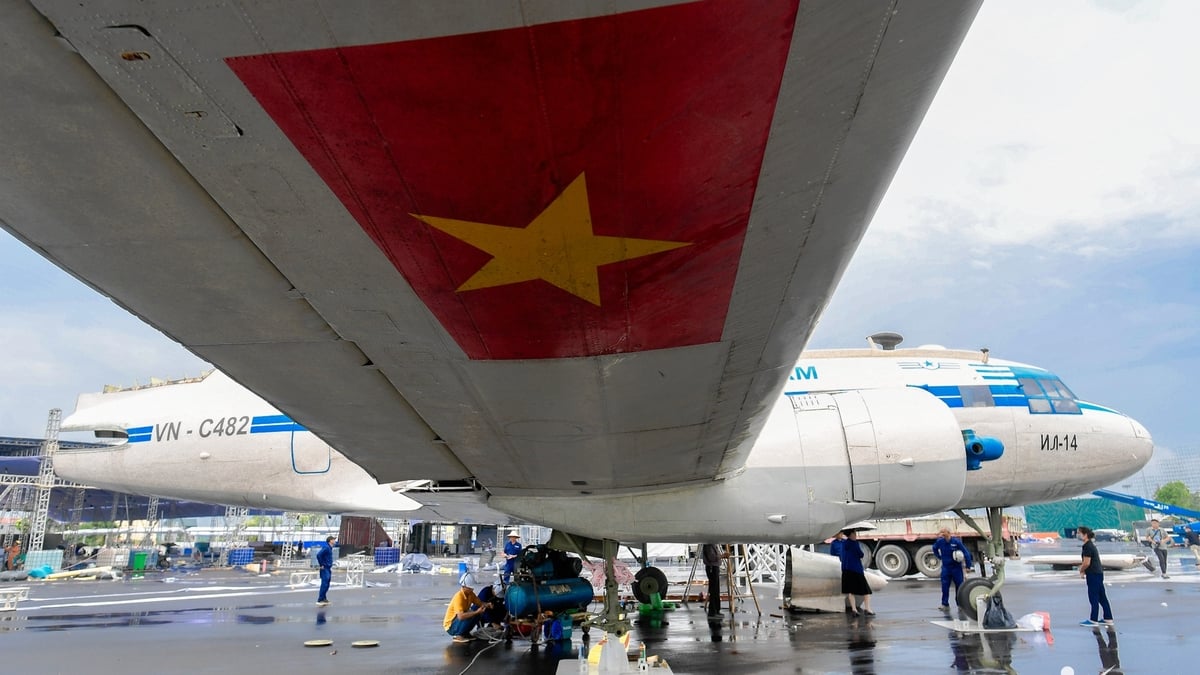
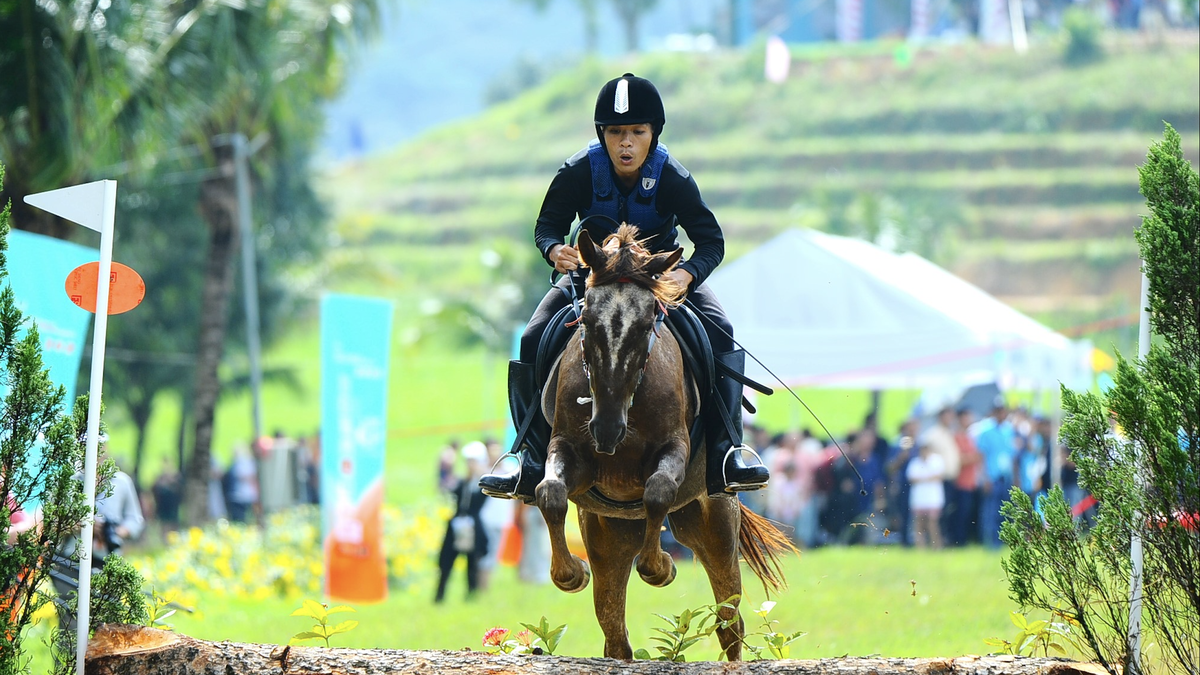
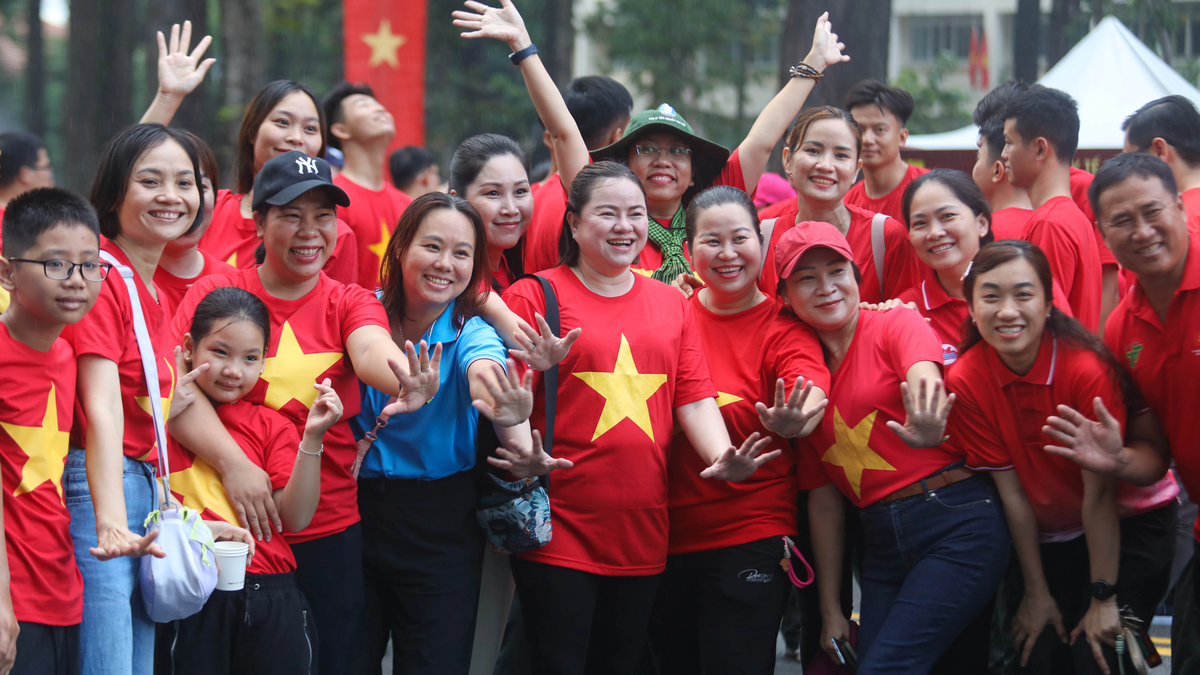
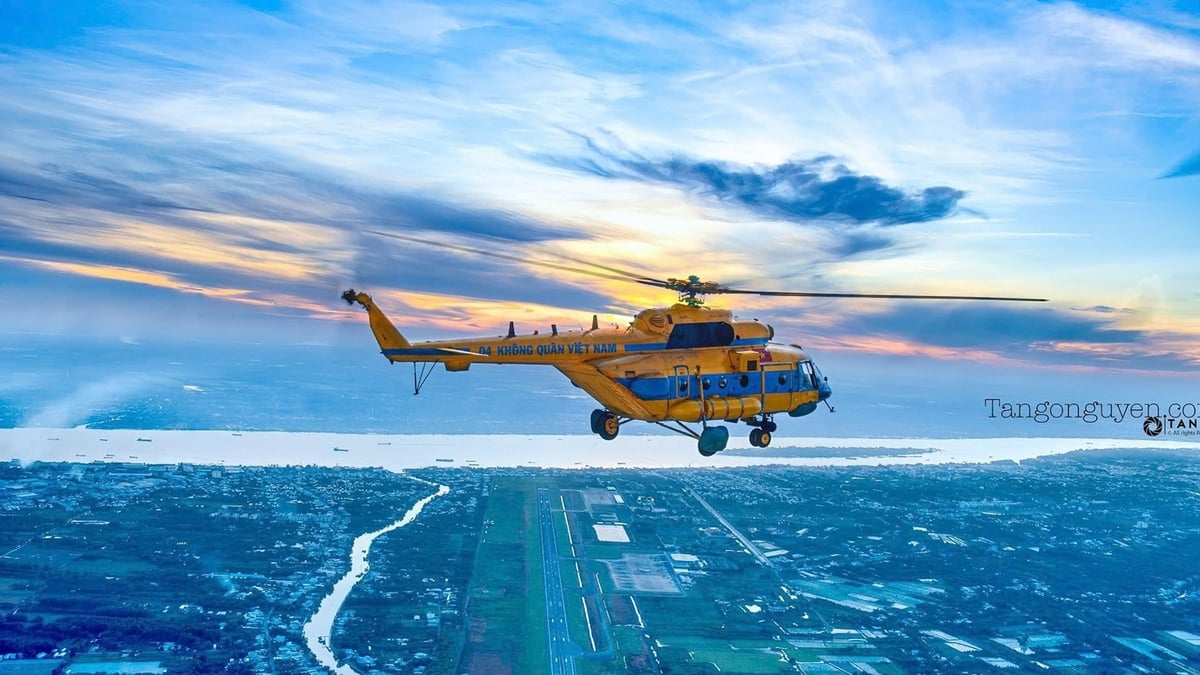
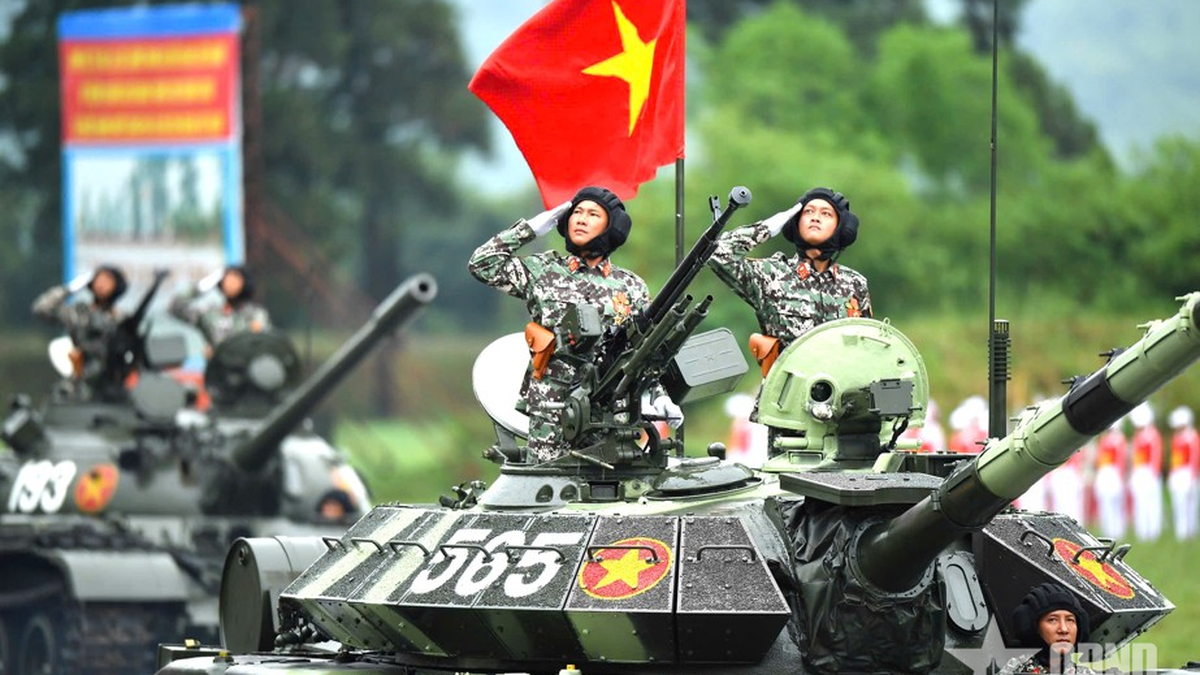
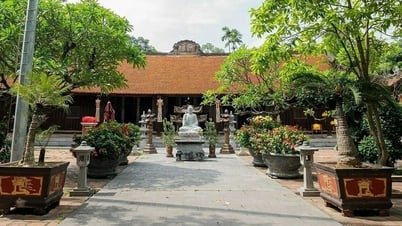

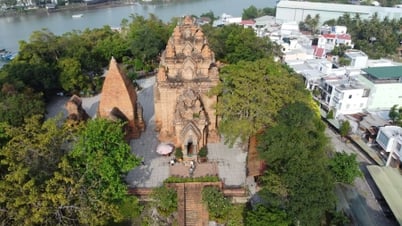

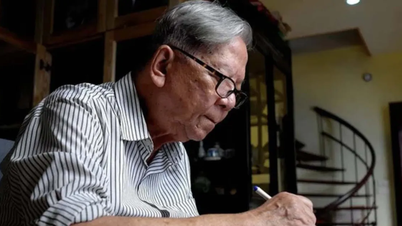

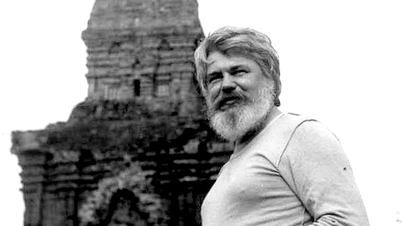

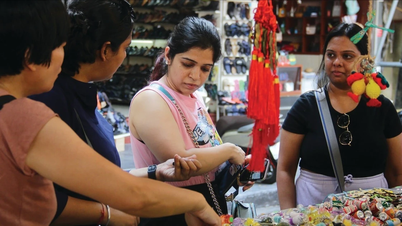




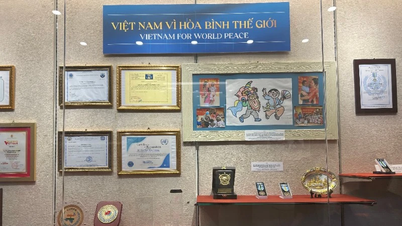

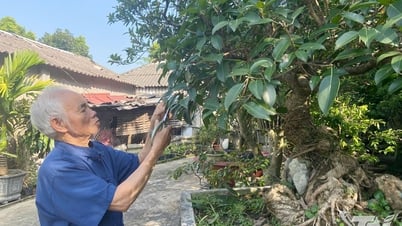





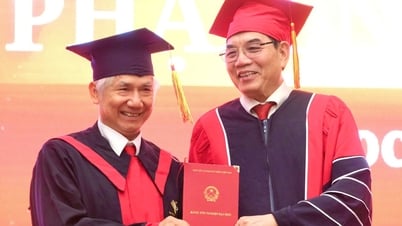

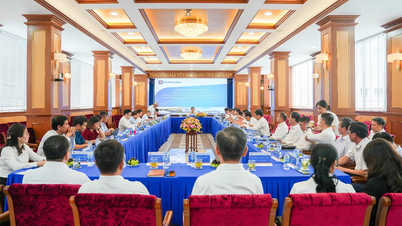
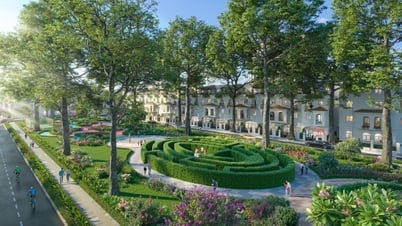




![[Photo] Party and State leaders visit President Ho Chi Minh's Mausoleum and offer incense to commemorate Heroes and Martyrs](https://vphoto.vietnam.vn/thumb/402x226/vietnam/resource/IMAGE/2025/8/17/ca4f4b61522f4945b3715b12ee1ac46c)


![[Photo] General Secretary To Lam and other Party and State leaders attend the ceremony to celebrate the 80th anniversary of the Vietnam People's Public Security Forces' Traditional Day.](https://vphoto.vietnam.vn/thumb/402x226/vietnam/resource/IMAGE/2025/8/17/1f782c0c9f37400d86b29aefbd8a891b)



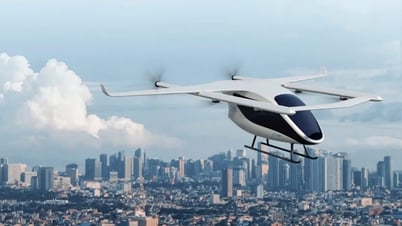

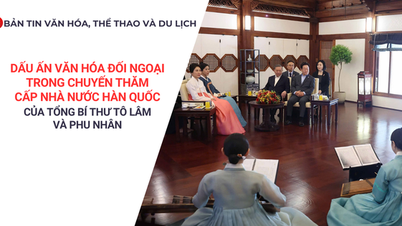

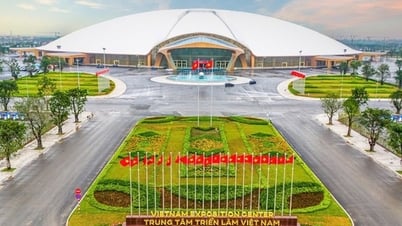
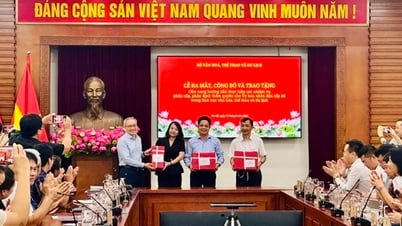


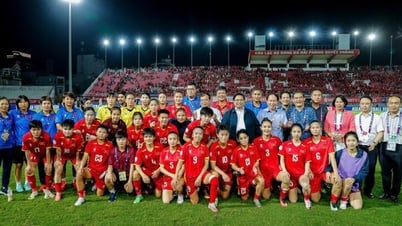






















Comment (0)